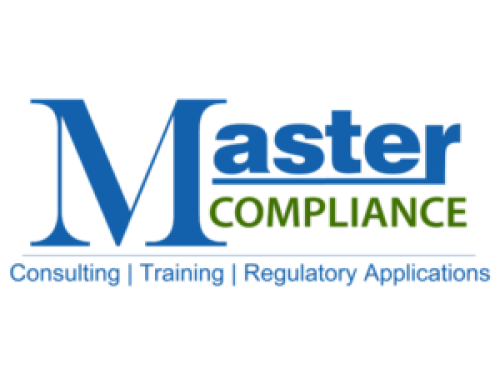The U. S. Department of Labor (DOL) recently published their final prohibited transactions exemption regarding investment advice for ERISA plans and IRAs (PTE 2020-02). This exemption is currently effective but allows for a transition period ending 12/20/2021 for Firms to comply.
Background
Without an exemption, a fiduciary may not deal with the income or assets of a Plan or an IRA in his or her own interest or for his or her own account, and a fiduciary may not receive payments from any party dealing with the Plan or IRA in connection with a transaction involving assets of the Plan or IRA. Basically, receiving any payment for advice is a conflict of interest, and any conflict of interest equals a prohibited transaction.
Interestingly, the DOL has addressed in a recent FAQ that just the single advice to rollover assets from a plan into an IRA does not meet the “regular basis” prong in determining fiduciary status. However, if you have had an ongoing advice relationship or intend to have an ongoing advice relationship, then the test extends to your whole relationship, and that one instance or recommendation to rollover assets cannot be excluded. This could create a fiduciary relationship even for a broker-dealer.
Qualifying for the Prohibited Transactions Exemption
To qualify for the prohibited transactions exemption, your Firm has to fulfill certain requirements. The following are some of those considerations:
- Determine if you are acting in a fiduciary capacity.
- Provide a written acknowledgment of fiduciary status to your clients.
- Have policies and procedures in place.
- Provide the specific reason, in writing, as to why the advice is in their best interest.
- Review your processes and procedures annually and complete a written report.
For more detailed information regarding each of the above items and how you might comply with the new rule, please refer to PTE 2020-02. In addition, the DOL’s FAQs provide additional guidance on complying with PTE 2020-02.
MasterCompliance provides expert consulting, outsourcing, and implementation tools in planning and budgeting for your firm’s compliance responsibilities. If there are any areas where you would like to explore additional assistance or services, please contact us.



